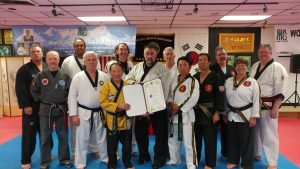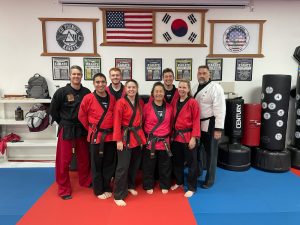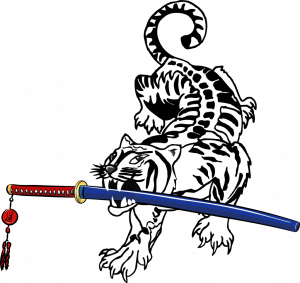 One of the biggest responsibilities that a martial arts teacher needs to keep in mind is the development and growth of their students.
One of the biggest responsibilities that a martial arts teacher needs to keep in mind is the development and growth of their students.
This comes from teaching students to your best ability. This is a concept that gets lost often. Having a school of 200+ students under the age of 18 is great. If they are leaving as young adults, then it’s a fail. The development isn’t keeping up with what they need.
This has a few reasons but this post will be about providing opportunities to inspire students. What do you do to help them want to stay?
After 40 years of training in Song Moo Kwan Taekwondo, there are less than a handful who started with me that still train also. Much of this, in my opinion, is due to the sport focus. Once you stop winning medals and trophies, it isn’t fun anymore. The other reason is that students aren’t taught that the martial arts is a life-long pursuit or lifestyle. This is also evident in how many students quit training once they get their black belt. While calling it “1st degree black belt” is inaccurate, it still signifies that there is more left to do. It is something that many studios don’t talk about to their students plus the only competition changes happen through age divisions. The schools that I have mainly worked with help make the distinction that getting a black belt is becoming a Chodan (Korean)/Shodan (Japanese), which translates to “First Step” and means that you are now considered a serious student.
Another issue is that adaptations aren’t made for those of us falling apart. It is easy to teach students in their teens to 30s. They still have bodies able to take big challenges. The 50+ year old that wants to challenge themselves doesn’t need to jump and fly. They want solid techniques. A great majority of old/original forms (hyungs or kata) don’t have many flashy techniques in them. The problem is the form sets created by sport studios to be competitive. I say this even with the Chung Bong hyungs that I learned having a jumping fake front kick, a flying side kick, ground kicks, a tornado kick, and crouched sweeps. As I mentioned earlier, when it isn’t fun any longer students stop training. I have adaptations for these techniques that I teach in class but have not included them in the book about the Chung Bong hyungs. Now, I’ve always had the belief that students train with you because they fit along with your personality. Relating and communicating is easier. Add to this that two replaced hips make my techniques very different now. This has meant that I draw upon students to push the textbook version of the technique, then I explain why mine is different and let students find their best version. Their best version, though, is just the start as I’ve been told by my teachers that physical technique is only 10% of an art. The concepts, strategies, philosophies, and bio-mechanics make up the rest. To not study those aspects is a failure. Then again, leadership and discipline and humility are additional topics that need study. Oh! Not to mention the actual applications of techniques.
Now, I’ve always had the belief that students train with you because they fit along with your personality. Relating and communicating is easier. Add to this that two replaced hips make my techniques very different now. This has meant that I draw upon students to push the textbook version of the technique, then I explain why mine is different and let students find their best version. Their best version, though, is just the start as I’ve been told by my teachers that physical technique is only 10% of an art. The concepts, strategies, philosophies, and bio-mechanics make up the rest. To not study those aspects is a failure. Then again, leadership and discipline and humility are additional topics that need study. Oh! Not to mention the actual applications of techniques.
Those who know me well probably agree that I’ll teach anyone anywhere, if asked. In that same vein, my students can learn from anyone anywhere anytime they choose. Why? How can I stand in the way of their growth and development? I’ve had students join other schools after introducing them to new things. While I’m sad they aren’t in class, I’m delighted that they’re pursuing their goals and becoming greater successes. One of the biggest reasons that I’ll let my students train as they want is that my performance of physical techniques is now declining. I’ve had both hips replaced and will soon have a knee replaced. How can I teach quality technique, specifically stances, if I need to adapt them so I can continue training? To prevent my students from learning better performance of techniques, in my opinion, comes down to insecurity and ego. I can and still teach quality martial arts programs and am very grateful to my students for helping demonstrate items that I can’t.
Understanding that not every person or body is the same and helping to work through that. The love and passion you and your students have. The geekiness we can all be. You allow your students to be their own person.


